 Post by
Post by
Andrew Norris, MD PhD
Director, Pediatric Endocrinology & Diabetes
University of Iowa Stead Family Children’s Hospital
There has long been some controversy regarding what blood glucose threshold should be used in newborns to guide when to initiate therapeutic intervention. This is an important concern, because sufficiently severe hypoglycemia can cause damage to the brain. However, it has been difficult to ascertain what degrees of hypoglycemia induce risk. This week the New England Journal of Medicine has published results from a new study focused on this question. Infants were randomized to receive intervention once blood glucose was under 47 (conventional cutoff) or 36 mg/dL. Psychomotor development was assessed at 18 months of age. The study found that outcomes in the more liberal cutoff group (36 mg/dL) were not any different from the conventional group. This suggests that the more liberal cutoff may be reasonable to use in clinical practice. An important caveat from the perspective of pediatric endocrinology is that this study pertains to healthy infants who do not have any specific endocrinologic or metabolic disorder. In fact the authors “emphasize the need for a higher target glucose concentration in newborns who have persistent hypoglycemia due to endocrine or metabolic disorders“. –Andrew Norris

